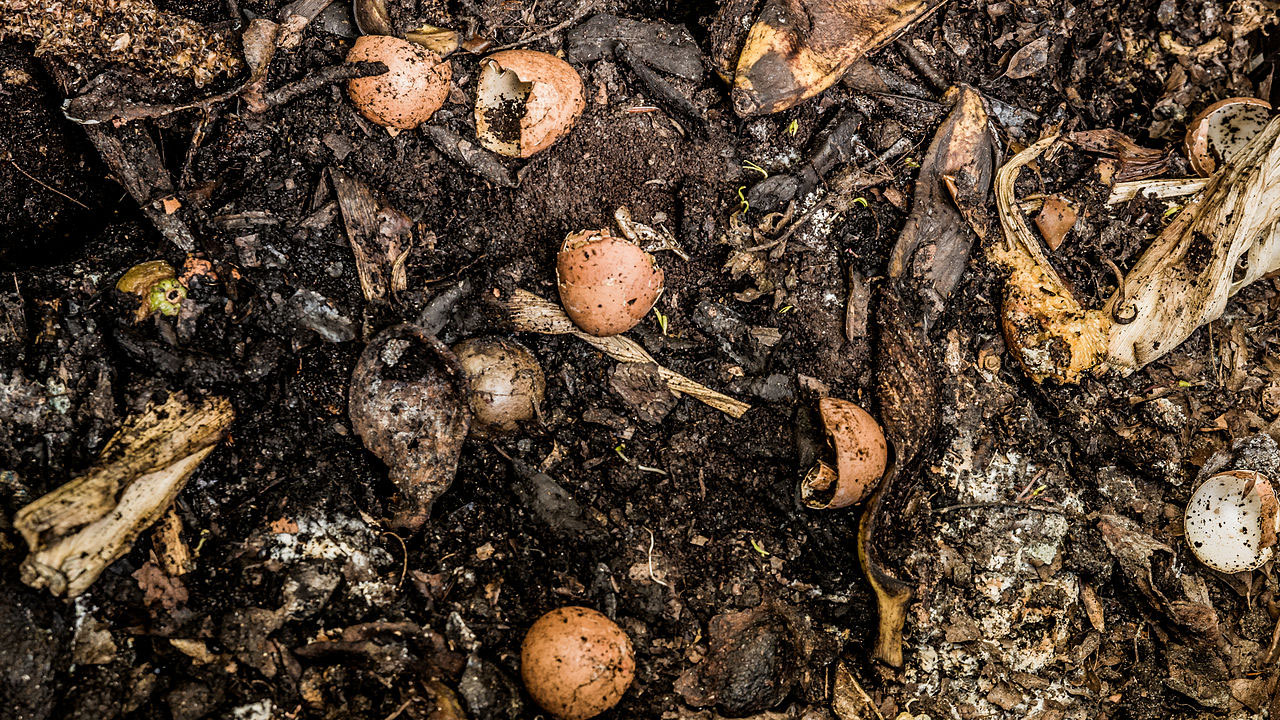Composting

Composting is not a revolutionary idea. It’s a place where you reuse/ recycle organic waste into fertilizer. by returning household wastes into your gardens you can help with garden productivity and reduce household waste heading the dump (basureros).
People have been composting for centuries. There is no 100% right way to compost , however there are methods that produce better results.
Living soil contains many types of beneficial micro organisms. The micro organisms function to decompose organic matter into nutrients to feed the microbe populations. To create good decomposition and allow the microorganisms to function properly composting needs the following;
Air:
Aerobic micro organisms need to air to live. By moving your compost pile regularly you assist in growing the microbes and they in turn decompose the pile much quicker.
Water:
Water is important for microbes to grow, however it is important to not apply to much. You can’t have too much air but you can definitly have too much water. I have seen compost piles that were piles of wet muck with little or no decomposition. The compost should be moist which is a good reason to cover the pile here during rainy season to protect it from heavy rains.
Temperature:
This is the great thing about living in the tropics particularly here in the Southern Nicoya, there is no shortage of sun or heat. These microbes function great at high heat. As a result maintaining your compost pile in a sunny area will advance decomposition providing your compost with quicker results than in a shady spot. We can assist creating the high temperature by covering the pile with plastic.
It is of the upmost importance to provide a good balance of these three components.
There are very few things you can’t compost. However to create good compost the balance between different materials will affect the process and therefore the results. Its important to use what you have around the house or property. Composting shouldn’t be difficult, complicated or expensive. Some materials you can use are dried leaves, kitchen wastes ( except citrus), manures, grass cutting, charcoal (carbon), banana stalks, and soil.
Create your pile by layering then mix it all together, moisten, cover and viola, composted soil!! If you are concerned about animals around your compost then keeping animal wastes such as meat products is important. however if you area is fenced and animal proof then you can add those items. A good balance between leaves, grass, manures, soil, and kitchen wastes are important. Sometimes it is trial and error to see how much of each material is needed for good composting. The materials such as grasses, banana stalks, and branches should be small enough in size that they can be mixed well with the other materials.
The more you move your pile by turning it the quicker it will be ready to use. When using kitchen wastes you must mix those in initially to your pile with the other materials. You cannot keep adding new materials or the compost will never complete. For this reason at La Hoja Nueva we often have 3-4 piles going so when one is ready for use another one is just starting.
There is nothing like creating compost then using it in your gardens to feel a sense of satisfaction.
Happy composting 🙂
